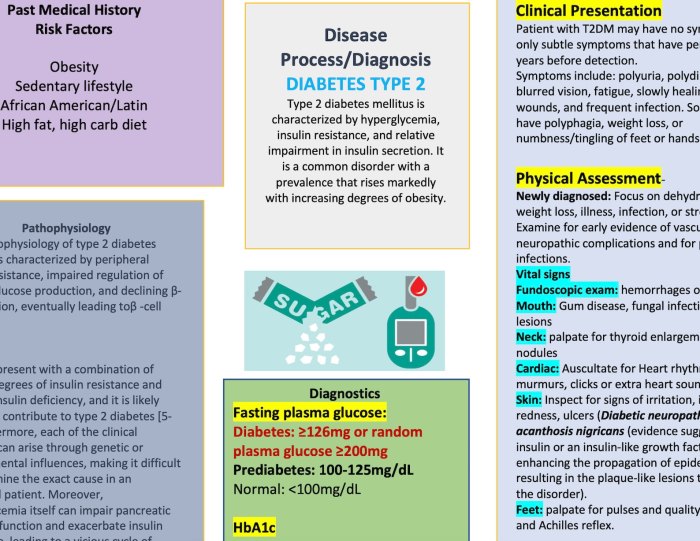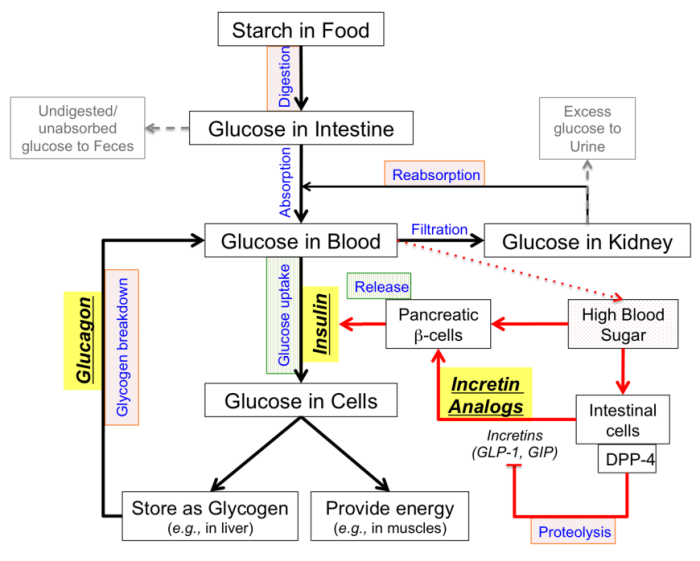Concept map diabetes mellitus type 1 – Concept mapping is a powerful tool for visualizing and understanding complex topics like diabetes mellitus type 1. By creating a concept map, individuals can gain a deeper understanding of the disease, its causes, symptoms, and treatment options.
This comprehensive guide will delve into the elements of a concept map, the steps involved in creating one for diabetes mellitus type 1, and the benefits of using this technique.
Elements of a Concept Map

A concept map consists of several key elements:
- Concepts:These are the main ideas or terms that are being mapped. They are typically represented by ovals or rectangles.
- Relationships:These are the connections between concepts. They are typically represented by lines or arrows.
- Linking words:These are words that describe the relationship between concepts. They are typically placed on the lines or arrows that connect the concepts.
In the context of diabetes mellitus type 1, some examples of concepts include:
- Insulin
- Glucose
- Pancreas
- Blood sugar
Examples of relationships include:
- Insulin regulates blood sugar levels.
- The pancreas produces insulin.
- Glucose is a type of sugar that is found in the blood.
FAQs: Concept Map Diabetes Mellitus Type 1
What is the purpose of creating a concept map for diabetes mellitus type 1?
Concept maps can help individuals organize and visualize information about diabetes mellitus type 1, including its causes, symptoms, and treatment options.
What are the key elements of a concept map?
Concept maps consist of concepts, relationships, and linking words. Concepts are represented by shapes, relationships are indicated by lines, and linking words provide context and meaning.
How can concept maps be used to understand diabetes mellitus type 1?
Concept maps can help individuals identify relationships between different aspects of diabetes mellitus type 1, such as the connection between insulin resistance and hyperglycemia.

